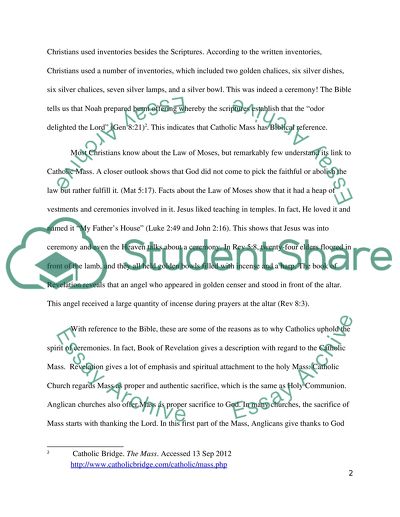Cite this document
(“Biblical Reference For the Catholic Mass Term Paper”, n.d.)
Biblical Reference For the Catholic Mass Term Paper. Retrieved from https://studentshare.org/religion-and-theology/1401266-biblical-reference-for-the-catholic-mass
Biblical Reference For the Catholic Mass Term Paper. Retrieved from https://studentshare.org/religion-and-theology/1401266-biblical-reference-for-the-catholic-mass
(Biblical Reference For the Catholic Mass Term Paper)
Biblical Reference For the Catholic Mass Term Paper. https://studentshare.org/religion-and-theology/1401266-biblical-reference-for-the-catholic-mass.
Biblical Reference For the Catholic Mass Term Paper. https://studentshare.org/religion-and-theology/1401266-biblical-reference-for-the-catholic-mass.
“Biblical Reference For the Catholic Mass Term Paper”, n.d. https://studentshare.org/religion-and-theology/1401266-biblical-reference-for-the-catholic-mass.


